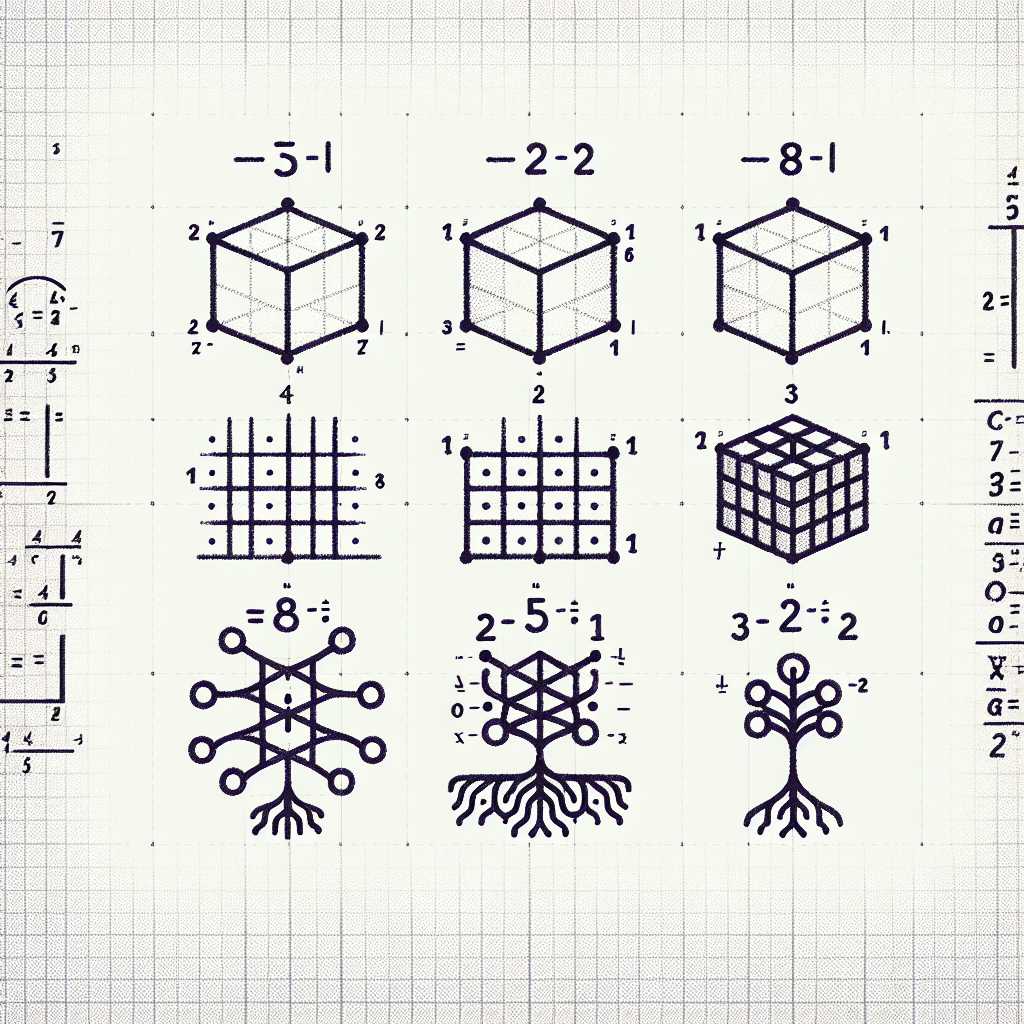The Fundamentals of Root in Mathematics and Computing
Roots are a fundamental concept in both mathematics and computing, influencing numerous areas such as algebra, geometry, computer science, and more. In this article, we will delve into the world of roots, exploring their mathematical significance, types, algorithms for computing them, and applications in various fields.
Mathematical Significance of Roots
In mathematics, a root of a number is another number that, when multiplied by itself a certain number of times, equals the original number. The most common type of root is the square root, which involves finding a number that, when squared (multiplied by itself), yields the given number. Other types of roots include cube roots (multiplier by itself three times), fourth roots, and so forth – generally referred to as nth roots.
Roots have critical significance in solving polynomial equations. For instance, finding the roots of a quadratic equation (a second-degree polynomial) is a standard procedure in algebra. In advanced mathematics, studying the properties of roots leads to further disciplines like complex analysis and number theory.
Different Types of Roots
There are different types of roots used in mathematics, each defined by the degree to which they raise the resulting number to return the original value. Here are some types:
–
Square Roots : Represented as √x or x^(1/2), the square root of x is a number that produces x when multiplied by itself.
– Cube Roots : Denoted as ³√x or x^(1/3), the cube root gives a number that, when cubed (multiplied three times by itself), yields x.
– Nth Roots : Written as ⁿ√x or x^(1/n), where n is any positive integer, the nth root refers to a number that produces x when raised to the power of n.
–
Cube Roots : Denoted as ³√x or x^(1/3), the cube root gives a number that, when cubed (multiplied three times by itself), yields x.
– Nth Roots : Written as ⁿ√x or x^(1/n), where n is any positive integer, the nth root refers to a number that produces x when raised to the power of n.
–
Nth Roots : Written as ⁿ√x or x^(1/n), where n is any positive integer, the nth root refers to a number that produces x when raised to the power of n.
While square and cube roots can be related to geometrical shapes’ areas and volumes (such as squares and cubes), nth roots are more abstract but still play an essential role in various mathematical concepts.
Algorithms for Computing Roots
Computing roots of numbers is an essential operation in both manual and computer calculations. Several algorithms exist for finding roots, ranging from the ancient Babylonian method for square roots—which is an iterative technique—to more modern methods involving logarithms and exponentiation for nth roots.
Computer programs often implement these algorithms in mathematics libraries for use in scientific and engineering calculations but generally rely on approximation techniques since many root values cannot be precisely represented with finite decimal places or even as fractions.
Applications in Various Fields
Roots have applications in numerous fields beyond pure mathematics. In physics, they are used to describe natural phenomena where proportional relationships occur. In engineering, calculations involving power and energy often require root functions to solve problems related to circuits and material stress. Additionally, statistics utilize roots when calculating standard deviations—an essential concept in understanding data variability.
In computer science particularly, many encryption algorithms use operations on nth roots in prime fields or finite fields within their processes. Graphics programming makes frequent use of square roots in calculating distances and rendering effects that simulate realistic lighting.
